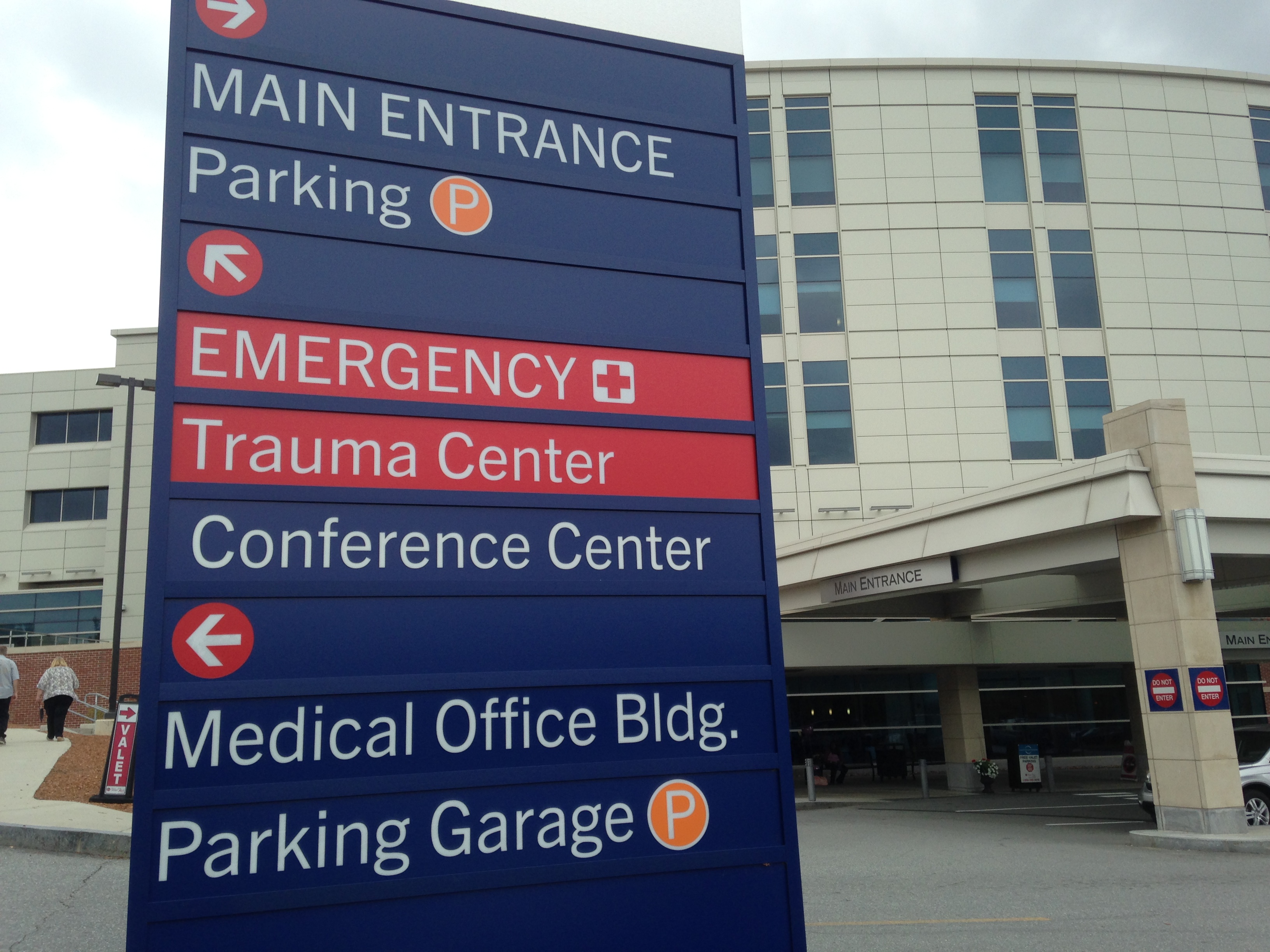 To each according to their need, from each according to their ability.
To each according to their need, from each according to their ability.While that famous (and paraphrased) adage was originally used to attack capitalism, it's also not a bad way to think about effective care management programs. Ill persons have varying needs, and care providers have varying resources. In a resource-constrained environment, the health system that matches the right
needs with the right
resources will win.
A case in point may be one of the few
Medicare Shared Savings Program (MSSP) ACOs that met CMS' savings threshold.
"
Community Health Network" is a joint venture between
HealthEast Care System and
Entira Family Clinics that serves Medicare beneficiaries in Minnesota's Twin Cities. According to this
Pharos Innovations case study (which can be found
here), the organization analyzed their population's
past utilization and
future risk and realized that a relatively small group of beneficiaries were
high need.
High need was defined as those individuals with "
rising risk" or what the Population Health Blog has termed the "
sweet middle." These are individuals who are not only burdened by chronic medical conditions (
such as heart failure), but have a constellation of issues (such as a recent discharge from a hospital) that also can be
mitigated or
impacted.Once these patients were identified, Pharos Innovations provided the "transition coaches" and "engagement specialists" for the high need/rising risk/sweet middle patients who were most likely to have an admission and/or readmission.
By pinpointing state-of-the-art
heart failure treatment protocols, care management, self-care coaching and
discharge-care interventions, avoidable admissions and avoidable readmissions - compared to a control group of patients - dropped in significant manner. That was enough to skew the ACO's overall admission and readmission costs downward and reach CMS' savings threshold.
Population Health Blog lessons:
1) If a healthcare organization
is willing to take on the financial consequences of health insurance risk, it will have to array its covered population's risks from high to low, and deploy interventions that can address the needs of patients at high - yet modifiable - risk.
In other words, within any high risk subpopulation are sub-populations with specific health care needs that can be addressed with smart population-based care management interventions.
2) The PHB looks forward to these data appearing in the peer-reviewed literature. In the meantime, kudos to Pharos Innovations for achieving credible outcomes based on a comparison to a valid control group.
3) Patients who don't have to go into a hospital are better off for it. Despite Karl Marx's antipathy, aligned economic incentives can be win-win for everyone. Community Health Network deserves to be financially rewarded by CMS.
4) There
is a good reason to believe that Community Health was destined to do well versus the other MSSP participants. As pointed out
here,
physician leadership may be one ingredient to the MSSP ACO secret sauce. According to the case study linked above, Community Health Network expended considerable resources to convince their physicians that this approach was a good idea. What's more,
their board is majority physician controlled. In addition, Pharos Innovations was
started by a doc and they have
additional physician representation on their board.





 To each according to their need, from each according to their ability.
To each according to their need, from each according to their ability.
